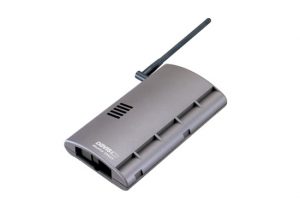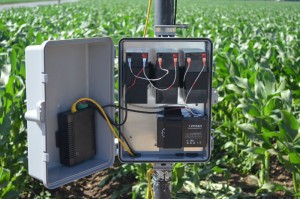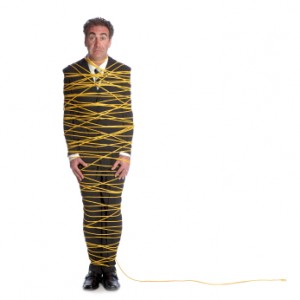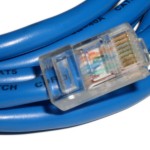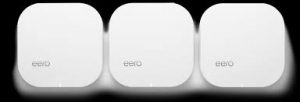
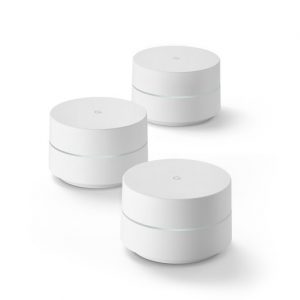 Since we started marketing the AyrMesh system five years ago, we have gotten inquiries from folks who have large houses, offices, and small hotels/motels – can AyrMesh work indoors? The answer, of course, is that it can work, but it’s not optimal for a number of reasons, and we do not recommend it. AyrMesh is designed for outdoor use, mainly in rural areas.
Since we started marketing the AyrMesh system five years ago, we have gotten inquiries from folks who have large houses, offices, and small hotels/motels – can AyrMesh work indoors? The answer, of course, is that it can work, but it’s not optimal for a number of reasons, and we do not recommend it. AyrMesh is designed for outdoor use, mainly in rural areas.
We have been able to recommend the fine Open-Mesh products for indoor and urban outdoor use, but some new products have recently entered the market.
Eero was the first in this space, with a very nice-looking product and very good technical specifications. Unlike Open-Mesh, they do not have any way to mount their units outdoors, and they only offer one model (available in a 1-, 2-, or 3-pack).
Then, this week, Google announced the new Google WiFi product, utilizing a very similar approach of very nice-looking indoor meshing access points for larger houses. The Google WiFi products will be available in November, but they can be pre-ordered.
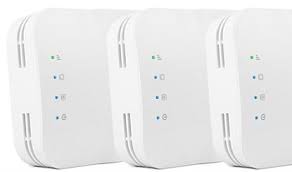 Open-Mesh uses their Cloudtrax website and apps to control their access points; we have used Open-Mesh here in the Ayrstone lab for years and found it to be excellent. It’s a fair bit more complicated than AyrMesh, but it has the more “commercial” features you might want for a business or a motel, and the more complex features are easily ignored for a home setup.
Open-Mesh uses their Cloudtrax website and apps to control their access points; we have used Open-Mesh here in the Ayrstone lab for years and found it to be excellent. It’s a fair bit more complicated than AyrMesh, but it has the more “commercial” features you might want for a business or a motel, and the more complex features are easily ignored for a home setup.
It’s worth mentioning that there have long been WiFi Repeaters (also known as “boosters” and “extenders”) that connect to your WiFi router and create a new WiFi signal, and devices like the Apple Airport routers that use “Wireless Distribution System” (WDS). Although a single repeater can work well, and three Apple Airport routers using WDS (one connected to the Internet and two “extenders”) can work, they don’t have the routing “smarts” of a real mesh network, and they can cause more problems than they solve. For a large house, a real WiFi meshing product like these will provide much better results without running Ethernet cables… of course, for the absolute best WiFi, there is no substitute for just running Ethernet and putting separate Access Points in each location you need WiFi. If you were clever enough to run Ethernet to the far reaches of your house before the drywall, all you have to do is plug in some dumb access points in the Ethernet – no need to mess with the indoor mesh.
The new Eero and Google WiFi products use apps to configure and control the network – I don’t know if there is a website option available, but I get the impression that the apps are the only way to control them. I don’t know about you, but my poor phone is “full” of apps, and I really don’t want another one.
So my own view is that these new players are not quite as good as what already exists in Open-Mesh, but, of course, your mileage may vary, Of course, they are being marketed like crazy, so you’re going to see them in the press all over the place.
What I think is important is that meshing WiFi is becoming mainstream, and, if you live in a large house, you don’t necessarily have to run Ethernet to get WiFi throughout the house.

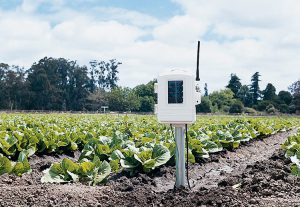
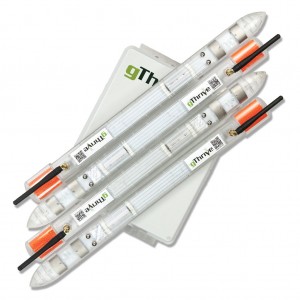
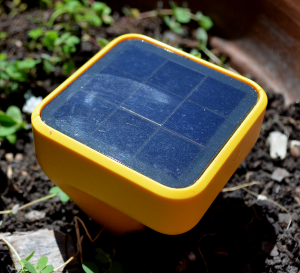 First, if you’re growing a few acres of cut flowers, organic vegetables, or other high-value, high-intensity crops, the
First, if you’re growing a few acres of cut flowers, organic vegetables, or other high-value, high-intensity crops, the 